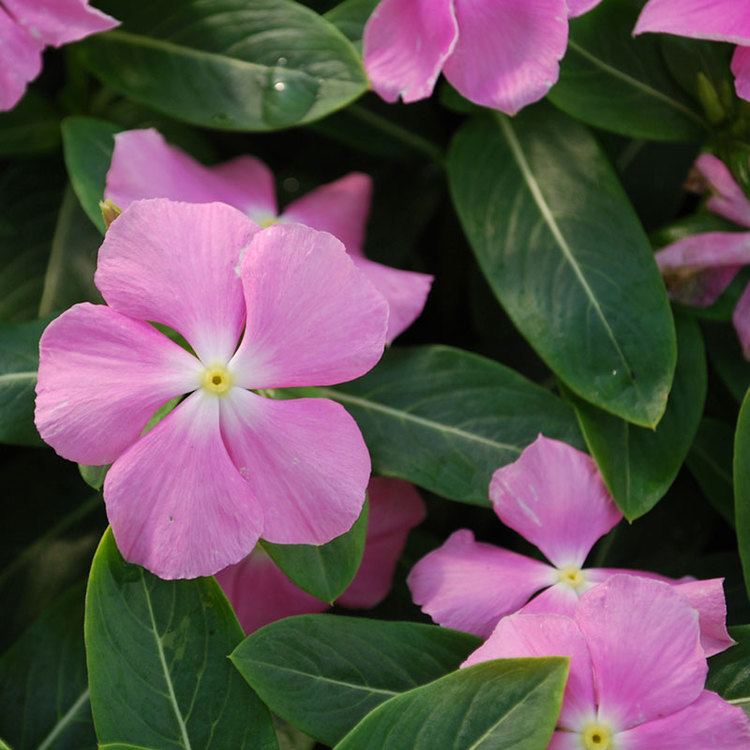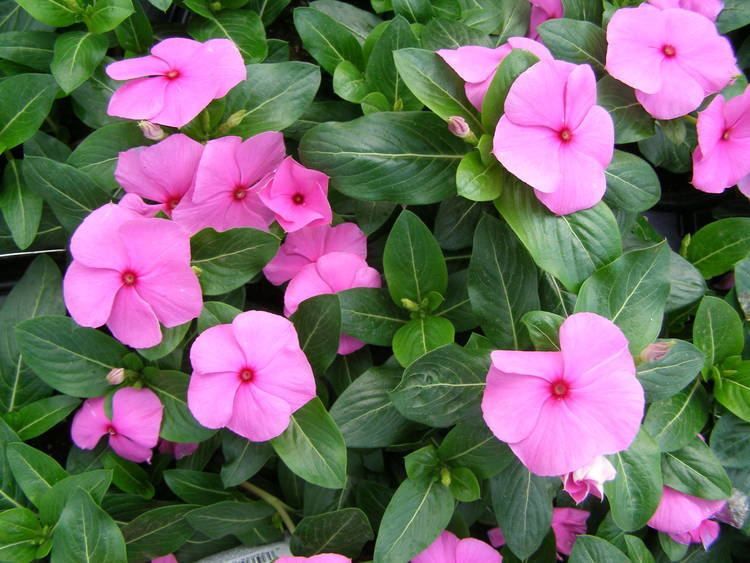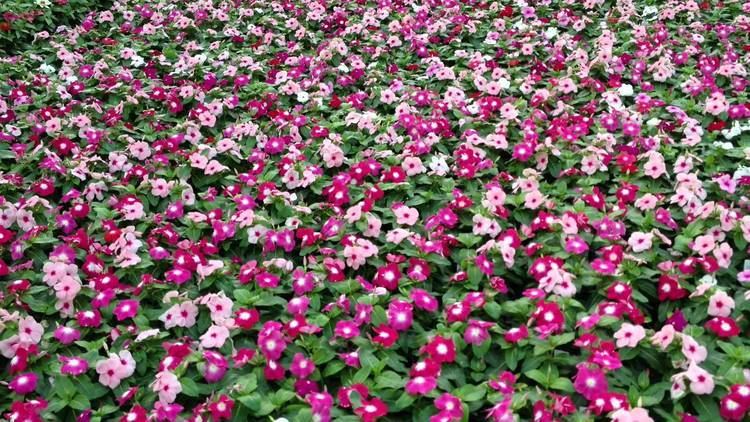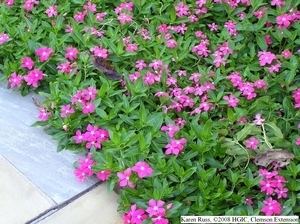Scientific name Vinca Rank Genus | ||
 | ||
Lower classifications Vinca minor, Vinca major, Vinca herbacea | ||
83 how to grow periwinkle sadabahar nitya kalyani poovali nayantara vinca plant hindi urdu 11 7
Vinca (/ˈvɪŋkə/; Latin: vincire "to bind, fetter") is a genus of flowering plants in the family Apocynaceae, native to Europe, northwest Africa and southwest Asia. The English name periwinkle is shared with the related genus Catharanthus (and also with the common seashore mollusc, Littorina littorea).
Contents
- 83 how to grow periwinkle sadabahar nitya kalyani poovali nayantara vinca plant hindi urdu 11 7
- How to graft vinca rosea or sadabahar or baramasi plant easily
- Description
- Gardens
- Invasive plant species
- Medicinal use
- Species
- References

How to graft vinca rosea or sadabahar or baramasi plant easily
Description

Vinca plants are subshrubs or herbaceous, and have slender trailing stems 1–2 m (3.3–6.6 ft) long but not growing more than 20–70 cm (8–27.5 in) above ground; the stems frequently take root where they touch the ground, enabling the plant to spread widely. The leaves are opposite, simple broad lanceolate to ovate, 1–9 cm (0.5–3.5 in) long and 0.5–6 cm (0.20–2.36 in) broad; they are evergreen in four species, but deciduous in the herbaceous V. herbacea, which dies back to the root system in winter.

The flowers, produced through most of the year, are salverform (like those of Phlox), simple, 2.5–7 cm (0.98–2.76 in) broad, with five usually violet (occasionally white) petals joined together at the base to form a tube. The fruit consists of a pair of divergent follicles; a dry fruit which is dehiscent along one rupture site in order to release seeds.
Gardens

Two of the species, Vinca major and Vinca minor, are extensively cultivated as a flowering evergreen ornamental plant. Because the plants are low and spread quickly, they are often used as groundcover in garden landscapes and container gardens. They are also traditionally used in older cemeteries as an evergreen maintenance-free ground cover. Many cultivars are available, with different plant, leaf, and flower - colors, sizes, and habits.
Invasive plant species
Although attractive, both Vinca major and Vinca minor may be invasive in some regions where they are introduced species because of the rapid spreading resulting in choking out native plant species and altering habitats. Areas affected include parts of Australia, New Zealand, Canada, and the United States, especially coastal California.
Medicinal use
There are at least 86 alkaloids extracted from plants in the Vinca genus. The chemotherapy agent vincristine is extracted from Vinca rosea (current name Catharanthus roseus), and is used to treat some leukemias, lymphomas, and childhood cancers, as well as several other types of cancer and some non-cancerous conditions. Vinblastine is a chemical analogue of vincristine and is also used to treat various forms of cancer. Dimeric alkaloids such as vincristine and vinblastine are produced by the coupling of smaller indole alkaloids such as vindoline and catharanthine. In addition, the nootropic agent Vincamine is derived from Vinca minor.
Species
Accepted species
- Vinca difformis Pourr. - Azores, W + C Mediterranean
- Vinca erecta Regel & Schmalh. - Afghanistan, Kyrgyzstan, Tajikistan, Uzbekistan
- Vinca herbacea Waldst. & Kit. - C + E + SE Europe, Middle East
- Vinca major L. - S Europe, Turkey, Syria, Caucasus; naturalized in New Zealand, California, British Isles, central Europe, Ukraine, North Africa, S China, Canary Islands, Madeira, Mexico, Colombia, Venezuela, Colombia, Costa Rica, Guatemala, S Mexico
- Vinca minor L. - C + SE Europe, Ukraine, Caucasus; naturalized in British Isles, Scandinavia, Portugal, Turkey, S China, Virginia, New Zealand
- Vinca soneri Koyuncu - Turkey
